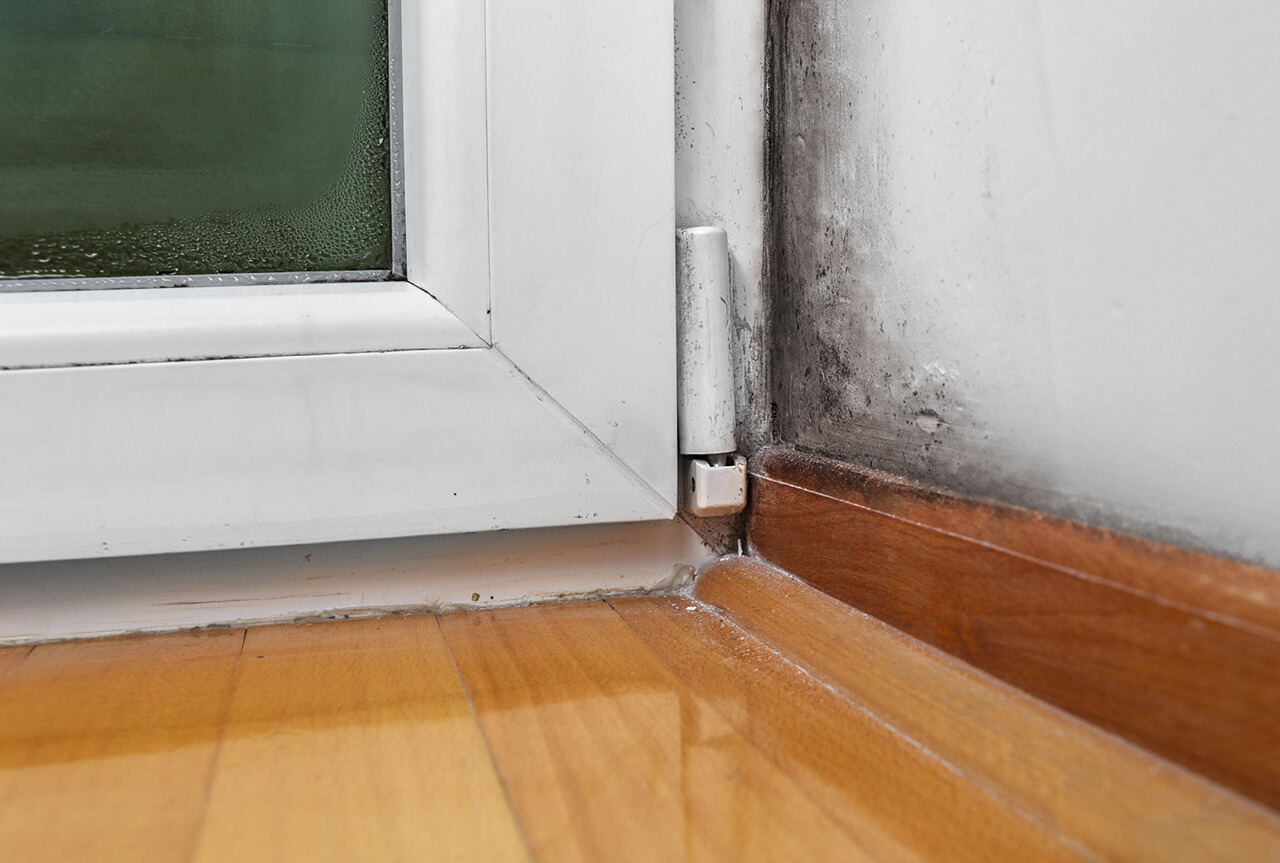Mold is a common household nuisance that can have serious consequences if left unchecked. Not only can it damage your property, but it can also pose health risks to you and your family. Understanding the causes of mold growth in the home is essential for prevention and maintenance. In this blog post, we’ll delve into the various causes of mold in the home, its potential risks, and effective solutions to combat its growth.
What Causes Mold in the Home?
1. Moisture: Moisture is the primary catalyst for mold growth. Areas of the home with high humidity levels, such as bathrooms, kitchens, and basements, are particularly susceptible to mold infestation. Leaks in pipes, roofs, or windows can also introduce moisture into the home, creating ideal conditions for mold to thrive.
2. Poor Ventilation: Inadequate ventilation can trap moisture indoors, promoting mold growth. Areas with poor airflow, such as closets, attics, and crawl spaces, are prone to mold infestation if not adequately ventilated.
3. Condensation: Condensation occurs when warm, moist air comes into contact with cooler surfaces, leading to water droplets forming on walls, windows, and ceilings. This moisture accumulation provides a breeding ground for mold spores to colonize and spread.
4. Damp Materials: Building materials such as drywall, wood, and carpeting can absorb moisture, especially in humid environments or areas prone to water leaks. If not promptly dried or replaced, damp materials create an ideal environment for mold growth.
5. Poor Maintenance: Neglecting regular maintenance tasks such as fixing leaks, cleaning gutters, and inspecting HVAC systems can contribute to mold growth. Failure to promptly address minor issues can lead to more significant problems.
The Risks of Mold in the Home:
1. Health Concerns: Mold exposure can lead to a variety of health issues, particularly for individuals with respiratory conditions such as asthma or allergies. Common symptoms of mold exposure include coughing, wheezing, nasal congestion, and skin irritation. Prolonged exposure to mold spores can exacerbate these symptoms and lead to more severe respiratory problems.
2. Property Damage: Mold can cause structural damage to your home by compromising the integrity of building materials such as wood, drywall, and insulation. Additionally, mold stains can be difficult and costly to remove from surfaces such as walls, ceilings, and floors.
3. Reduced Indoor Air Quality: Mold releases airborne spores and mycotoxins that can diminish indoor air quality, leading to unpleasant odors and respiratory discomfort. Poor indoor air quality can also exacerbate existing health conditions and contribute to a range of respiratory problems.
Practical Solutions for Mold Prevention and Remediation:
1. Maintain Optimal Indoor Humidity Levels: Keep indoor humidity levels between 30-60% to discourage mold growth. Use dehumidifiers in damp areas of the home and ensure proper ventilation in kitchens, bathrooms, and other moisture-prone areas.
2. Address Water Leaks Promptly: Inspect your home regularly for signs of water leaks and address any issues promptly. Repair leaky pipes, roofs, windows, and appliances to prevent moisture buildup and mold growth.
3. Improve Ventilation: Increase airflow in your home by using exhaust fans in bathrooms and kitchens, opening windows when weather permits, and installing attic and crawl space vents. Proper ventilation helps reduce moisture levels and inhibits mold growth.
4. Clean and Dry Wet Areas: Clean and dry any wet or damp areas in your home promptly to prevent mold growth. Use fans, dehumidifiers, and absorbent materials to facilitate drying, and consider using mold-resistant paints and materials in moisture-prone areas.
5. Conduct Regular Inspections: Schedule regular inspections of your home to identify and address potential moisture issues before they escalate. Pay attention to areas such as basements, attics, and crawl spaces, as these are common breeding grounds for mold.
Mold growth in the home is a common problem that can have serious consequences for both your property and your health. By understanding the causes of mold growth and implementing effective prevention and remediation strategies, you can protect your home and family from the dangers of mold. Remember to address moisture issues promptly, maintain proper ventilation, and conduct regular inspections to keep mold at bay and ensure a safe and healthy living environment.
PRIME Home Inspections offers inspections to homebuyers and sellers in western Washington state. Contact us to schedule an appointment for our services.

